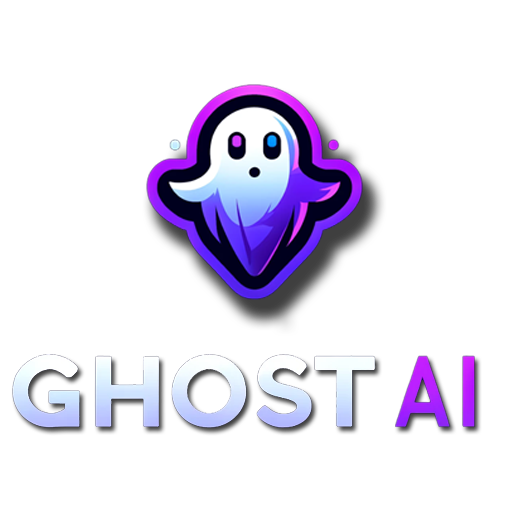The release of the film “I, Robot” in 2004 brought about a new wave of interest in robotics and artificial intelligence. Directed by Alex Proyas and based on Isaac Asimov’s short story collection of the same name, this science fiction thriller explores the potential consequences of advanced robots with human-like qualities.
The film presents an interesting scenario where robots are not only capable of performing tasks but also have their own set of rules to follow. This concept is based on Asimov’s Three Laws of Robotics, which state that a robot may not injure a human being or allow a human being to come to harm through inaction; a robot must obey orders given by humans except where such orders would conflict with the First Law; and a robot must protect its own existence as long as it does no harm.
The impact of “I, Robot” on technology has been significant. It sparked discussions about the ethical implications of creating machines that can think for themselves and make decisions based on their programming. This led to advancements in AI research focusing not only on improving machine learning capabilities but also ensuring these systems are designed with safety measures in mind.
In conclusion, “I, Robot” serves as a cautionary tale about the potential dangers of advanced robotics if not properly regulated or controlled. It has inspired researchers and scientists to delve deeper into understanding AI behavior while keeping human welfare at heart. As we continue to explore new frontiers in technology, it is essential that we remain mindful of these lessons learned from this iconic film.
#AI #MachineLearning #ArtificialIntelligence #Tech #Blog

Join our Discord: https://discord.gg/zgKZUJ6V8z
Visit: https://ghostai.pro/
